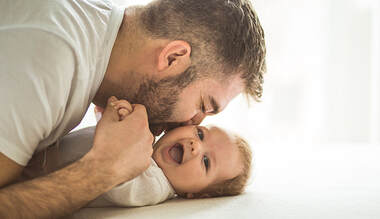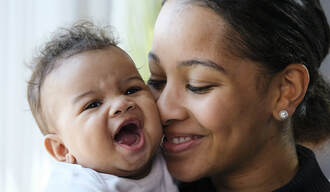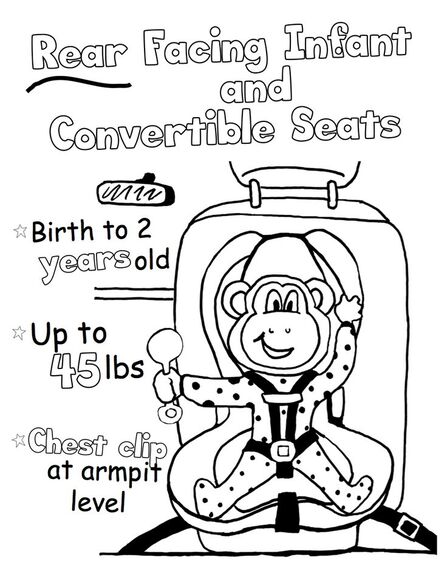What is SIDS?
SIDS stands for sudden infant death syndrome (SIDS) which is the unexplained death, usually during sleep, of a seemingly healthy baby less than a year old. SIDS is sometimes known as crib death because the infants often die in their cribs.
Researchers have discovered some factors that might put babies at extra risk, such as smoking and sleeping location. They've also identified measures you can take to help protect your child from SIDS, the most important is placing your baby on his or her back to sleep.
The facts:
Researchers have discovered some factors that might put babies at extra risk, such as smoking and sleeping location. They've also identified measures you can take to help protect your child from SIDS, the most important is placing your baby on his or her back to sleep.
The facts:
- Unintentional suffocation is the leading cause of injury-related death among children under 1 year old.
- Nearly 3,500 infants die each year in the United States from sleep-related infant deaths..
- Causes of sleep-related infant deaths include suffocation, entrapment, strangulation and Sudden Infant Death Syndrome (SIDS).
ABCs of Safe Sleep
|
|
Safety Tips
- Place babies on their backs for naps and at night until they are 1 year old. Make sure babies sleep on a firm, flat surface in their own crib, bassinet or play yard.
- Choose a firm mattress and fitted sheet for baby’s crib. Remove toys, blankets, pillows, bumper pads and other accessories from the crib
- Dress baby in a wearable blanket, onesie or similar clothing for every sleep. A loose blanket could cover baby’s airway or make their body temperature too high.
- Share your room, not your bed. Place baby’s crib or bassinet in your bedroom instead of letting baby sleep in the same bed with you.
- Follow the manufacturer’s instructions to assemble your crib. Make sure to complete and submit the product registration card to learn about any recalls or safety updates.
3 Ways Dad can help babyDads today are three times more involved than dads 50 years ago. Making sure dad of infants know how to reduce the risk of SIDS and other sleep related deaths is more important than ever.
Planning Fatherhood Collaboration - Join the community conversation to share your needs as a father and learn about leadership opportunities. |
Breastfeeding Reduces SIDS
|
Many moms and moms-to-be know that breastfeeding offers many benefits for moms and babies. But they may not know that breastfeeding reduces baby’s risk for Sudden Infant Death Syndrome (SIDS). Babies who are breastfed or are fed expressed breastmilk are at lower risk for SIDS compared with babies who were never fed breastmilk.
|
Smoking Increases the Risk Of SIDS
Shaking Baby Syndrome
|
|
Shaken baby syndrome is a serious brain injury resulting from forcefully shaking an infant or toddler. It's also known as abusive head trauma, shaken impact syndrome, inflicted head injury or whiplash shaken infant syndrome.
Shaken baby syndrome destroys a child's brain cells and prevents his or her brain from getting enough oxygen. This form of child abuse can cause permanent brain damage or death. Shaken baby syndrome is preventable. Help is available for parents who are at risk of harming a child. Parents also can educate other caregivers about the dangers of shaken baby syndrome. |
Prevention
- When your crying baby can't be calmed, you may be tempted to try anything to get the tears to stop — but it's important to always treat your child gently.
- Walk away. Put the baby in a safe place, like a crib. Leave the room. It's okay to let the baby cry. Check in every 10 - 15 minutes.
- If you're having trouble managing your emotions or the stress of parenthood, seek help. Your child's doctor may offer a referral to a counselor or other mental health provider.
- If other people help take care of your child — whether a hired caregiver, sibling or grandparent — make sure they know the dangers of shaken baby syndrome.
Infant Safe Sleep Project
Video Library
|
|
|
|
|
|









